Lockheed
P2V Neptune ASW
| Role | Maritime patrol and anti-submarine warfare |
|---|---|
| National origin | United States |
| Manufacturer | Lockheed |
| First flight | 17 May 1945 |
| Introduction | March 1947 |
| Retired | 1984 (military) 2011 (civilian) |
| Status | Retired |
| Primary users | United States Navy Japan Maritime Self-Defense Force Royal Australian Air Force Royal Canadian Air Force |
| Number built | 1,177 (total) |
| Variants | Kawasaki P-2J |
.
History Lockheed Aircraft Company
Lockheed P-2 Neptune (designated P2V)
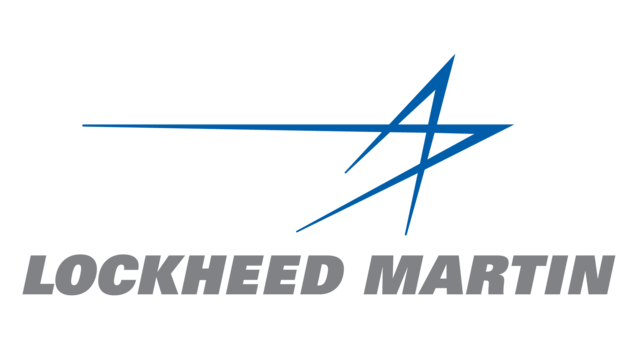
The Lockheed P-2 Neptune (designated P2V by the United States Navy prior to September 1962) is a maritime patrol and anti-submarine warfare (ASW) aircraft. It was developed for the US Navy by Lockheed to replace the Lockheed PV-1 Ventura and PV-2 Harpoon, and was replaced in turn by the Lockheed P-3 Orion. Designed as a land-based aircraft, the Neptune never made a carrier landing, but a small number were converted and deployed as carrier-launched (using JATO assist), stop-gap nuclear bombers that would have to land on shore or ditch. The type was successful in export, and saw service with several armed forces.
Normal crew access was via a ladder on the aft bulkhead of the nosewheel well to a hatch on the left side of the wheel well, then forward to the observer nose, or up through another hatch to the main deck. There was also a hatch in the floor of the aft fuselage, near the sonobuoy chutes.
Operational history
U.S. Navy service
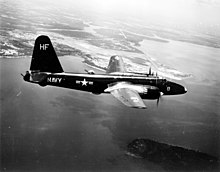
Early Cold War

Prior to the introduction of the P-3 Orion in the mid-1960s, the Neptune was the primary U.S. land-based anti-submarine patrol aircraft, intended to be operated as the hunter of a '"Hunter-Killer" group, with destroyers employed as killers. Several features aided the P-2 in its hunter role:
- Sonobuoys could be launched from a station in the aft portion of the fuselage and monitored by radio
- Some models were equipped with "pointable" twin .5 in (12.70 mm) machine guns in the nose, but most had a forward observation bubble with an observer seat, a feature often seen in images.
- The AN/ASQ-8 Magnetic Anomaly Detector was fitted in an extended tail, producing a paper chart. Unmarked charts were not classified, but those with annotations were classified as secret.
- A belly-mounted AN/APS-20 surface-search radar enabled detection of surfaced and snorkeling submarines at considerable distances.
0
KmCeiling
0
KmRange
0
km/hAircraft Speed
0
Max Crew
Photo Gallery
Lockheed Aircraft Company
Lockheed P-2 Neptune (designated P2V)


Lockheed Aircraft Company
Lockheed P-2 Neptune (designated P2V)
General characteristics
-
- Crew: 7-9
- Length: 91 ft 8 in (27.94 m)
- Wingspan: 103 ft 10 in (31.65 m)
- Height: 29 ft 4 in (8.94 m)
- Wing area: 1,000 sq ft (93 m2)
Powerplant
-
- Empty weight: 49,935 lb (22,650 kg)
- Max takeoff weight: (36,240 kg)
- Powerplant: 2 × Wright R-3350-32W Duplex-Cyclone 18-cylinder air-cooled radial piston engine, 3,700 hp (2,800 kW) each turbo-compound with water injection
- Powerplant: 2 × Westinghouse J34-WE-34 turbojet engines, 3,400 lbf (15 kN) thrust each pylon mounted
- Propellers: 4-bladed constant-speed propellers
Specifications
-
- Maximum speed: 363 mph (584 km/h,
- Cruise speed: 207 mph (333 km/h,
- Range: 2,157 mi (3,471 km, 1,874 nmi)
- Service ceiling: 22,400 ft (6,800 m)
Performance
- Rockets: 2.75 in (70 mm) FFAR in removable wing-mounted pods
- Bombs: 8,000 lb (3,629 kg) including free-fall bombs, depth charges, and torpedoes
-
Links to Youtube & Others
The Netherlands Naval Aviation Service (Dutch: Marineluchtvaartdienst, shortened to MLD) is the naval aviation branch of the Royal Netherlands Navy. Lockheed P2V Neptune service
Lockheed Aircraft Lockheed P-2 Neptune
During the Vietnam War, the Neptune was used by the US Navy as a gunship,
Youtube Link
At the end of World War II, the US Navy felt the need to acquire a nuclear strike capability to maintain its political influence


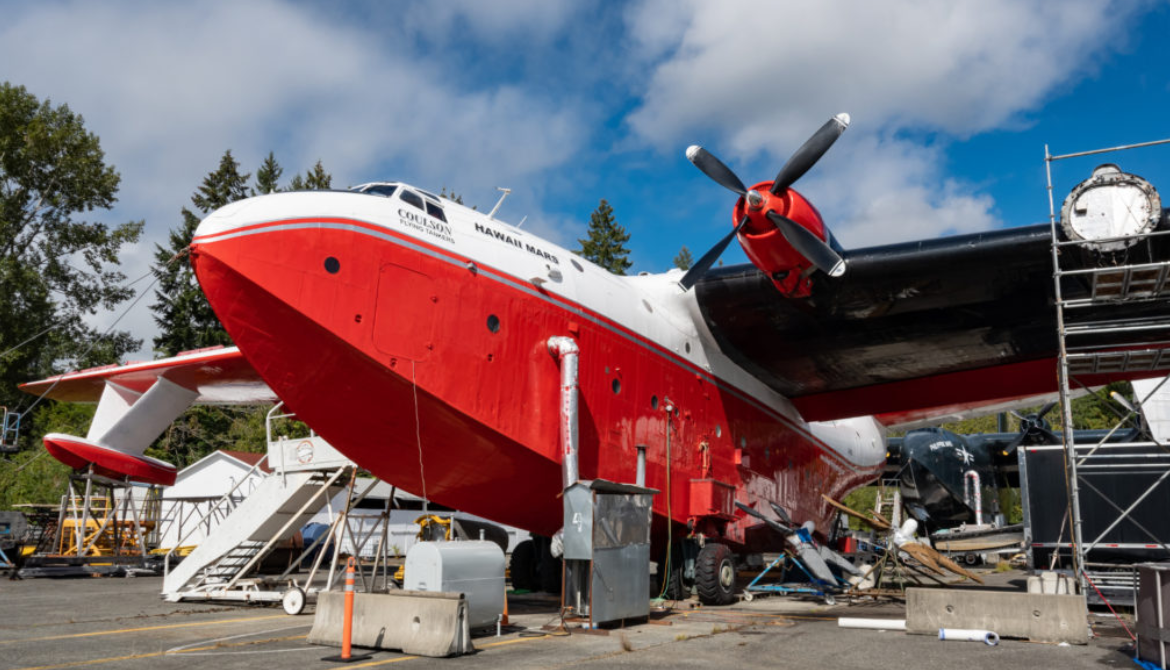
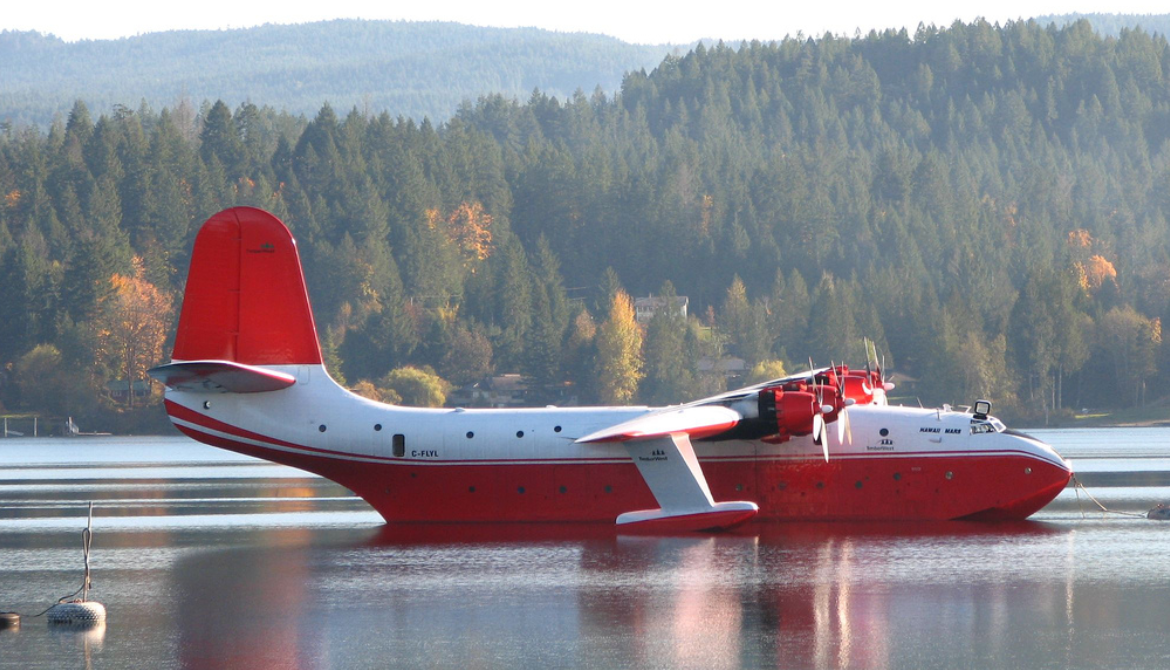
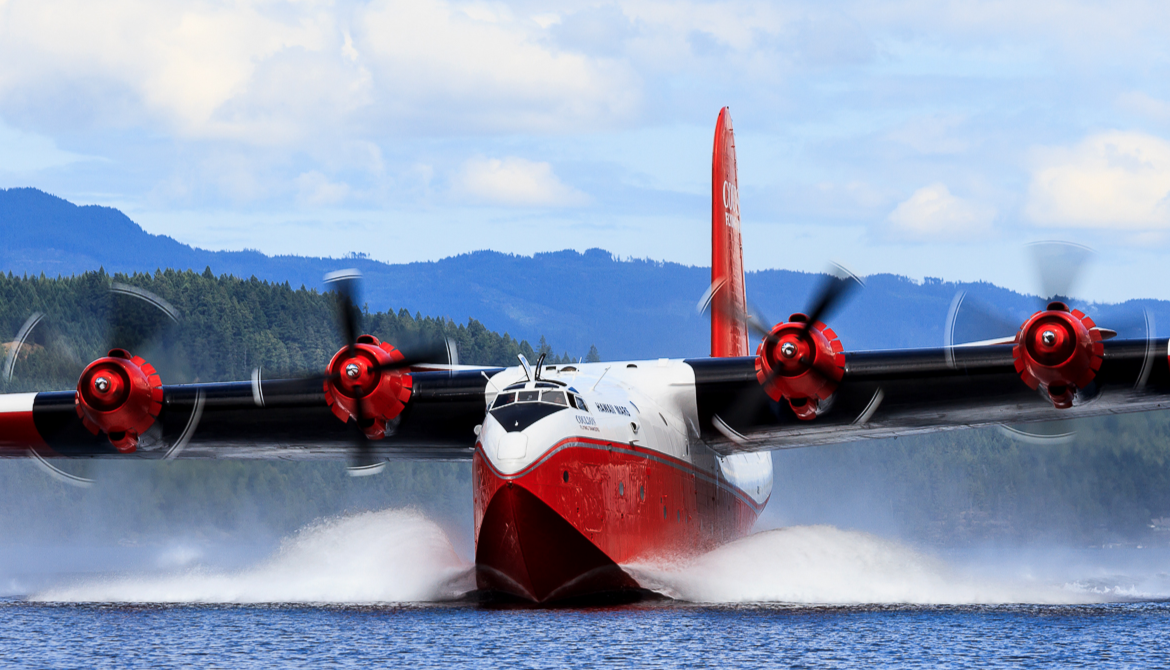
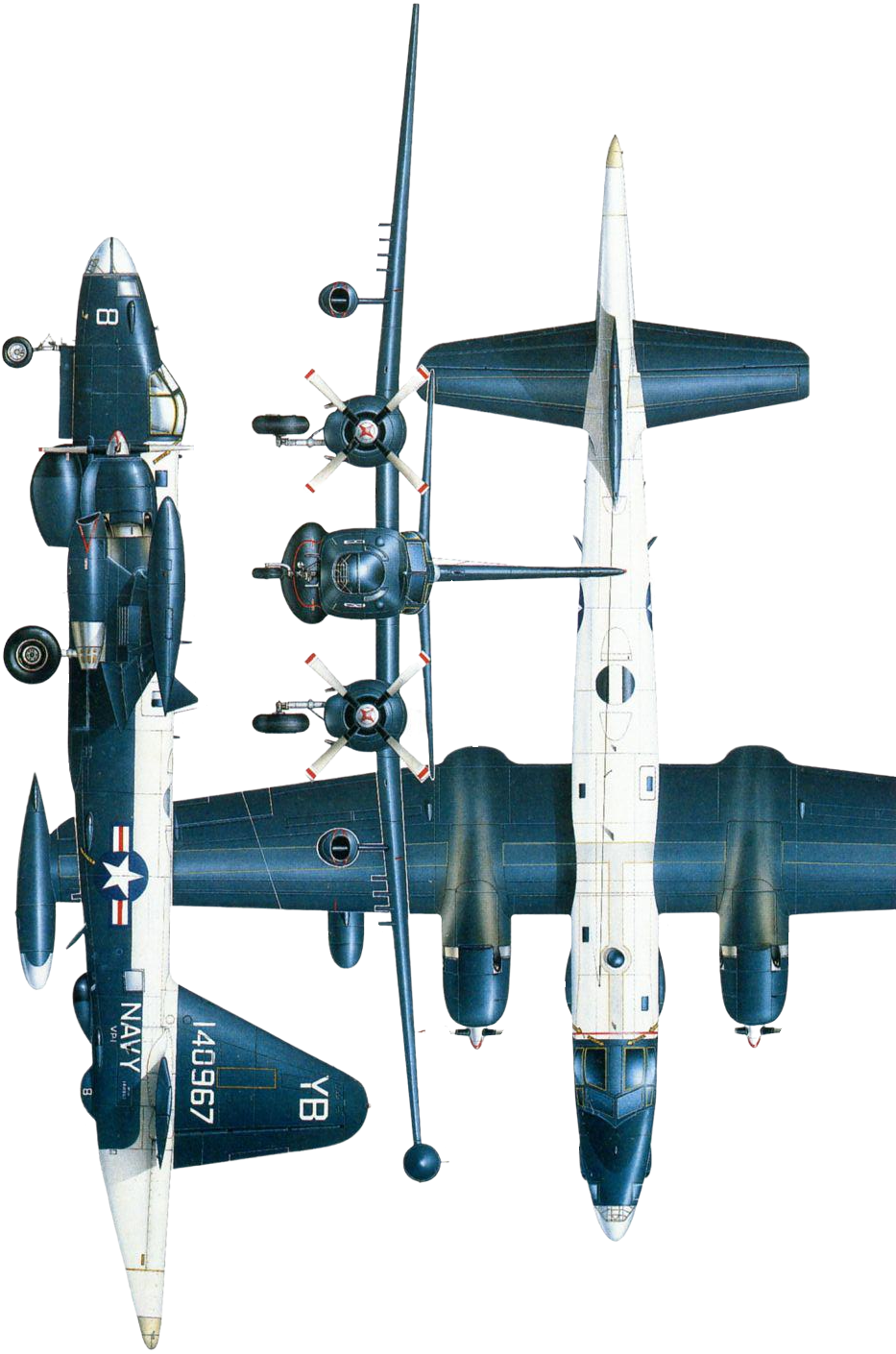


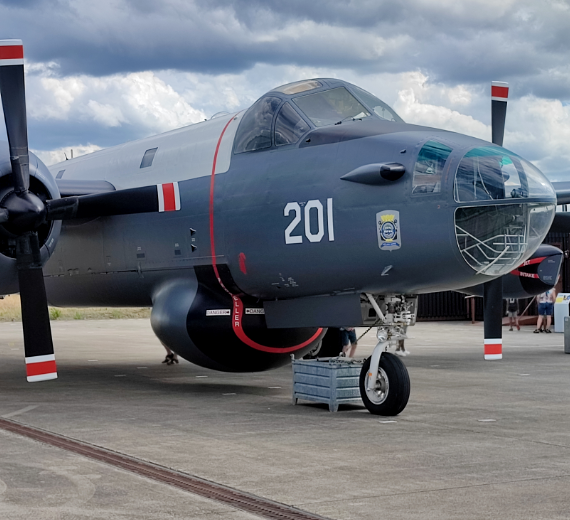


.png)


.png)